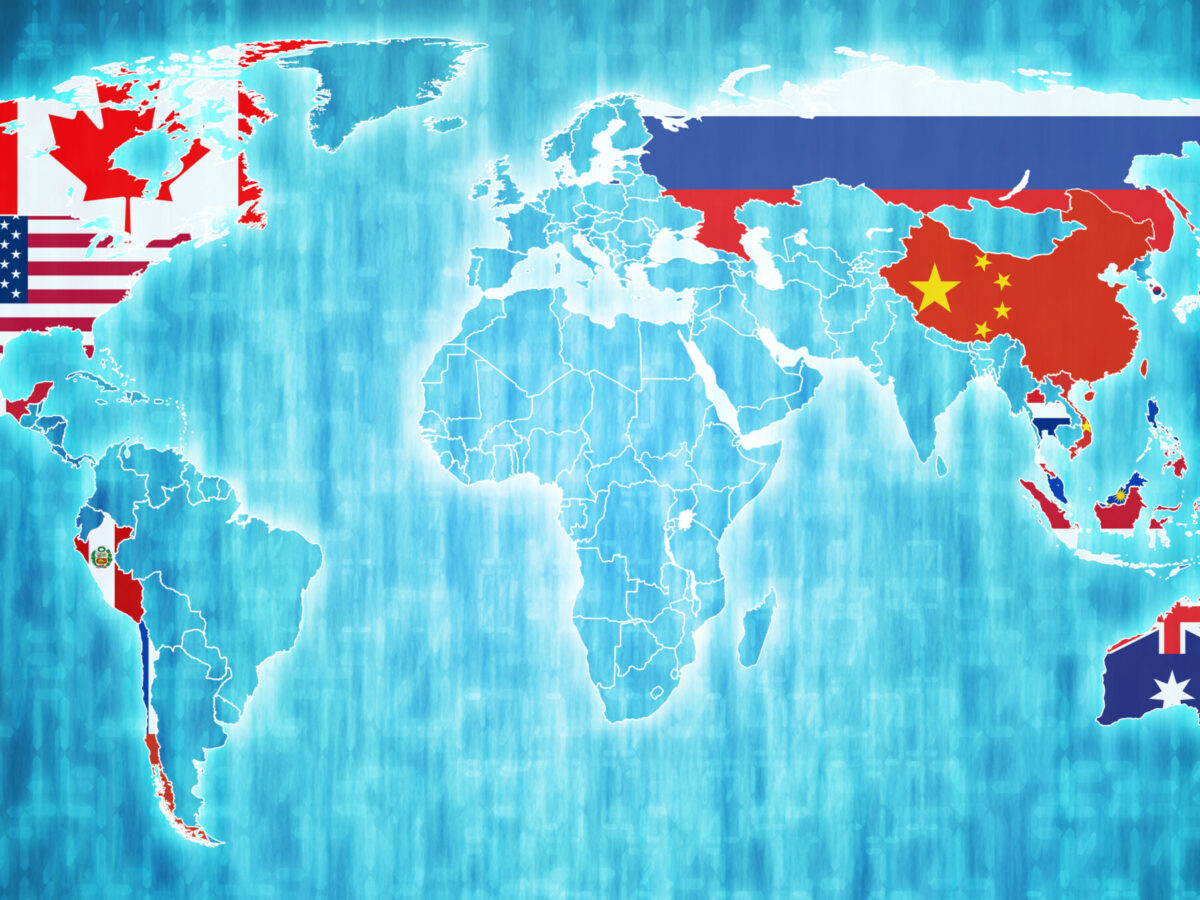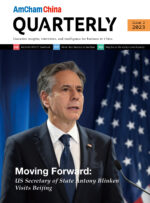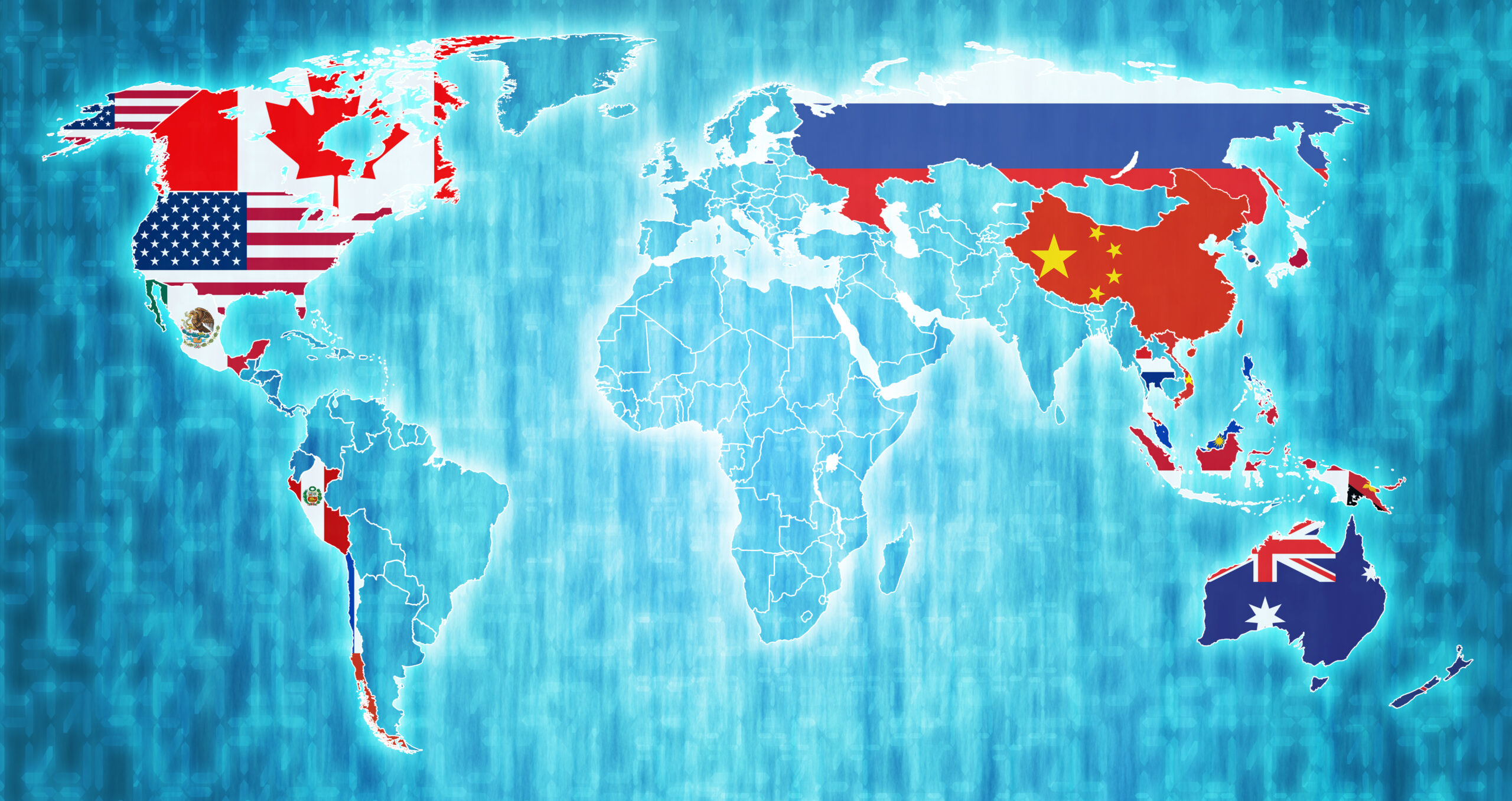All Eyes on APEC: Fostering Dialogue in US-China Relations
By Sihan Qu
In May 2023, the Asia Pacific Economic Cooperation (APEC) Ministers Responsible for Trade (MRT) gathered in Detroit, Michigan, amid a backdrop of shared uncertainties and challenges. This article delves into the outcomes of the preceding US-China engagements, examining their implications on bilateral trade, economic ties, and their far-reaching influence on the dynamic global trading landscape.

Depositphotos.com
From May 25–26, the Asia Pacific Economic Cooperation (APEC) Ministers Responsible for Trade (MRT) met in Detroit, Michigan. Trade and commerce ministers from 21 economies in the region gathered “at a time of shared uncertainty and challenges,” Katherine Tai, the US Trade Representative said during her opening remarks. In the lead up to the event, a series of US-China engagements occurred, especially with regard to the trade and economic components of the bilateral relationship.
Earlier this year, the balloon incident disrupted bilateral relations dramatically, postponing US Secretary of State Antony Blinken’s planned trip to Beijing, and creating enormous tension in the US-China relationship. Reports of a communication breakdown worried businesses and partners. In late April, a quiet restart to high-level dialogues provided a much-needed salve to the injured bilateral ties.
- On April 20, US Ambassador Nicholas Burns met with Minister Liu Jianchao of the International Liaison Department of Communist Party of China where the two sides exchanged views on US-China relations;
- On April 25, US Ambassador Burns joined a group of ambassadors and presented his credentials to Chinese President Xi Jinping;
- On May 8, Chinese State Councilor and Foreign Minister Qin Gang met with US Ambassador Burns. The two sides discussed challenges in the bilateral relationship and the necessity of stabilizing and expanding high-level communication;
- On May 10–11, Politburo member and Director of the Office of the Central Foreign Affairs Commission Wang Yi met with US National Security Advisor Jake Sullivan in Vienna, Austria. The two sides had a candid, in-depth, substantive, and constructive dialogue on stabilizing and improving US-China relations, exchanging views on situations in the Asia-Pacific Region and Ukraine. The two sides “agreed to continue to utilize the (bilateral) strategic communication channel”;
- On May 11, US Ambassador Burns met with China’s Minister of the Ministry of Commerce (MOFCOM) Wang Wentao and discussed the US-China economic and trade relationship;
- May 23, Chinese Ambassador Xie Feng arrived in New York, filling the ambassadorship left vacant for nearly five months.
These engagements laid a foundation for the world’s two largest economies to stabilize the strained relationship and forge new lines of communication between senior officials.
US-China Commerce Ministers Engagement alongside the APEC MRT
Meeting of MOFCOM Minister Wang Wentao and Secretary of Commerce Gina Raimondo
After meeting with US business executives in Shanghai on May 22, Minister Wang Wentao of the Ministry of Commerce of China traveled to the US for the APEC MRT. His first stop was in Washington D.C. where he met with US Secretary of Commerce Gina Raimondo. While both sides used words such as “candid,” “substantive,” “constructive,” and “professional” in their readouts of the meeting, Secretary Raimondo raised concerns on “the recent spate of PRC actions taken against US companies,” and Minister Wang raised concerns on US policies regarding semiconductors and potential US outbound investment review measures.
Meeting between MOFCOM Minister Wang Wentao and USTR Katherine Tai
On May 26, on the margins of the APEC Ministers Responsible for Trade Meeting, United States Trade Representative Katherine Tai met with Minister of Commerce of the People’s Republic of China, Wang Wentao. According to the Ministry of Commerce, the discussion on US-China trade relationship was “candid, pragmatic, and in-depth.” Similar to the Commerce meeting, the two sides each raised their respective concerns with the US pointing out “the need to address the critical imbalances caused by China’s state-led, non-market approach to the economy and trade policy,” and “PRC actions taken against US companies” while the Chinese side raised concerns on US economic and trade policy on China, Taiwan-related commercial issues, the Indo-Pacific Framework for Prosperity (IPEF), as well as Section 301 Tariffs on China. In the end, the two sides agreed to maintain communication.
Courting Partners
On the sidelines of the MRT, US and Chinese commerce and trade ministers met with important partners in the APEC region. USTR Ambassador Tai and Commerce Secretary Raimondo both met with Australian Minister for Trade and Tourism Don Farrell. Tai and Raimondo each met with New Zealand Minister for Trade and Export Growth Damien O’Connor and Japanese Minister for Economy, Trade and Industry, Nishimura Yasutoshi, and convened an Indo-Pacific Economic Framework for Prosperity (IPEF) ministerial meeting attended by thirteen states’ ministers where a Joint Statement and “substantial conclusion” of the IPEF Supply Chain Agreement Negotiation were announced.
In the meeting between Ambassador Tai and Minister Farrell of Australia, “shared concerns and the challenges posed by the policies and practices of China and other non-market economies, including economic coercion, that have created dependencies and vulnerabilities in key sectors,” supply chain diversification and resilience, and WTO reform were raised as the key topics.
In the meeting between Secretary Raimondo and Minister Nishimura of Japan, discussion centered on resilient semiconductor supply chains, cooperation on export controls, and the role of emerging technologies in strengthening industrial competitiveness and economic security.
Chinese Commerce Minister Wang Wentao, on the other hand, met with his South Korean and Japanese counterparts. In the readout released by MOFCOM, MOFCOM Minister Wang Wentao and South Korean Trade Minister Dukgeun Ahn discussed the importance of strengthening dialogue and cooperation on the supply chain and industrial chain in the semiconductor industry. The readout between Minister Wang’s meeting with Japanese Minister for Economy, Trade, and Industry Nishimura Yasutoshi was harsh, as Wang expressed China’s discontent regarding Japanese export controls on semiconductor and hosting the G7 Summit. Wang urged Japan to correct the course in export control measures to “safeguard the stability of global industrial and supply chains” and to promote the stable development of bilateral trade and economic relationship.
Conclusions
Recent US-China bilateral, multilateral engagement, and engagements with critical global economic third parties have shown that geopolitics has undoubtedly changed the international economic order. Both the US and China have highlighted the importance of ensuring their own economic security with varying policy goals.
As the APEC Leaders’ Summit in November draws near, questions regarding what is needed to ensure a Biden-Xi meeting along the sidelines of this important event. It is expected that high-level engagement and potentially a US cabinet level visit to mainland China would be needed to ensure that President Xi will travel to San Francisco to join the other APEC leaders for the Summit. AmCham China will closely watch relevant developments in the US-China commercial relationship and the changing global trading landscape.

This article is from the AmCham China Quarterly Magazine (Issue 2, 2023). To access the entire publication for free, sign up on our member portal here.

